By Phil Zimmer
General Georgi Zhukov had arrived at the Mongolia-Manchuria border in the early morning hours of June 5, 1939, after a grueling three-day trip from Moscow. He insisted on immediately questioning the Soviet defenders and touring the site of the recent border clashes with Japanese troops. Peering through his field glasses at the small figures scurrying about on the east bank of the Halha River and after tossing out sharply worded questions, Zhukov came to the belief that this was not another mere border clash with the Japanese. For years, Japanese troops had been probing the nearly 3,000-mile-long border that separated the Union of Soviet Socialist Republics and Soviet-protected Mongolia from the Japanese protectorate of Manchukuo, which was created shortly after the Japanese invaded Manchuria in 1931.
The energetic Zhukov filed a report at the end of his first day, saying this looked to be the beginning of a major escalation by the Japanese and the forces of Manchukuo. The Soviet 57th Corps did not appear up to the task of stopping the Japanese in Zhukov’s assessment. He recommended a temporary holding action to protect the bridgehead on the east bank of the Halha River, which was called Khalkhin Gol by the Soviets, until substantial reinforcements could be mustered for a counteroffensive.
One day after submitting his report to Moscow, the Soviet high command responded by naming the 42-year-old Zhukov to head the military effort, succeeding former General Nikolai Feklenko. The Soviets had tired of the Japanese incursions and were determined to make a point in the East as war clouds continued to build over Western Europe.
Both sides were about to square off in a decisive struggle that became known as the Nomonhan Incident, which lasted several months with upward of 50,000 killed or wounded. More than 3,000 miles from Moscow, the small undeclared war went largely unnoticed in the West, but it was to have a profound influence on the coming world war. The defeat at Nomonhan caused the Japanese to turn southward toward the oil-rich East Indies and prompted the Imperial Japanese Navy to consider a preemptive strike on the U.S. Navy at Pearl Harbor. The use of combined arms and overwhelming force under Zhukov was later to play a significant role in the eventual Soviet repulse of the Nazi thrusts at Moscow and Stalingrad.
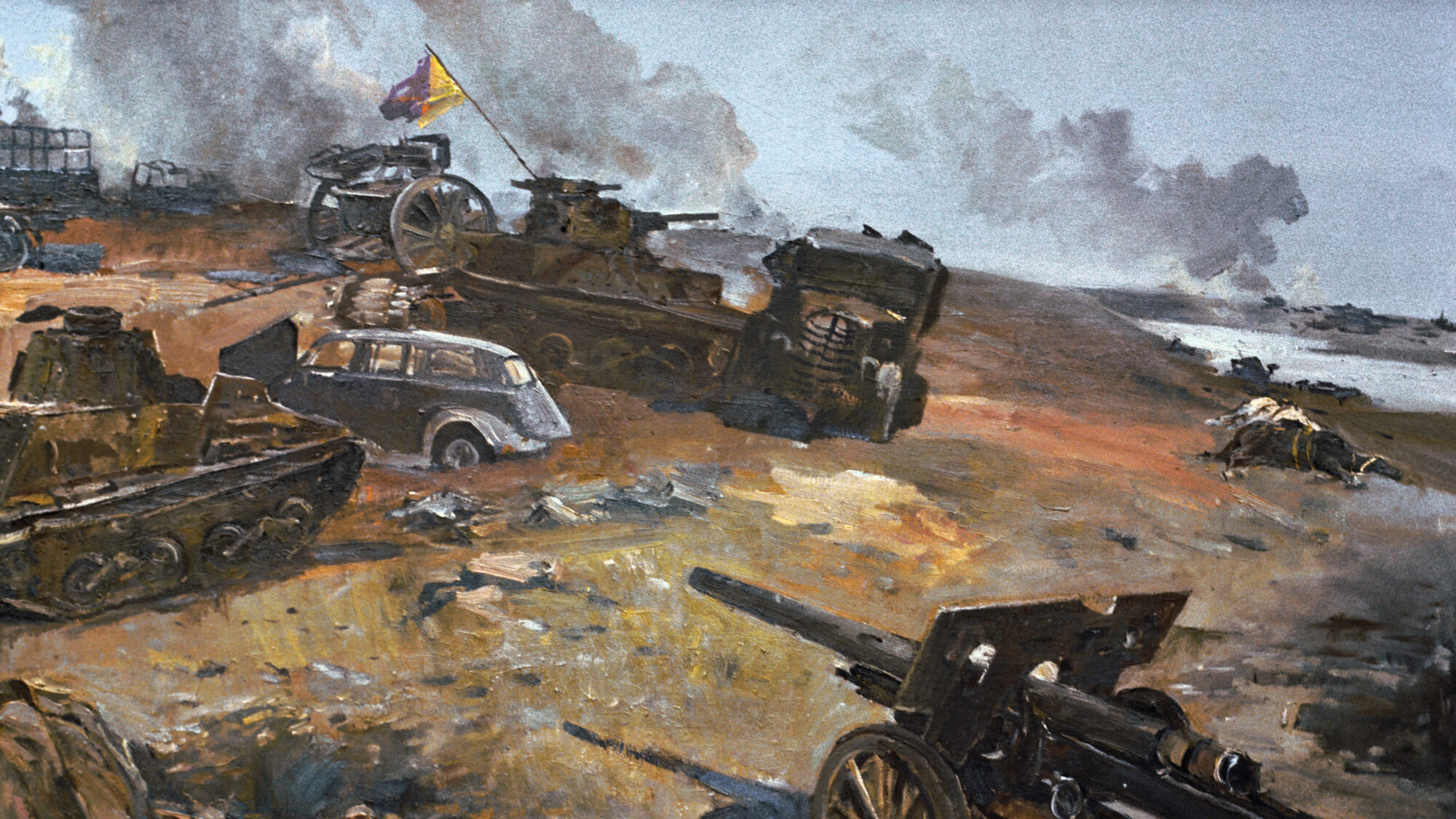
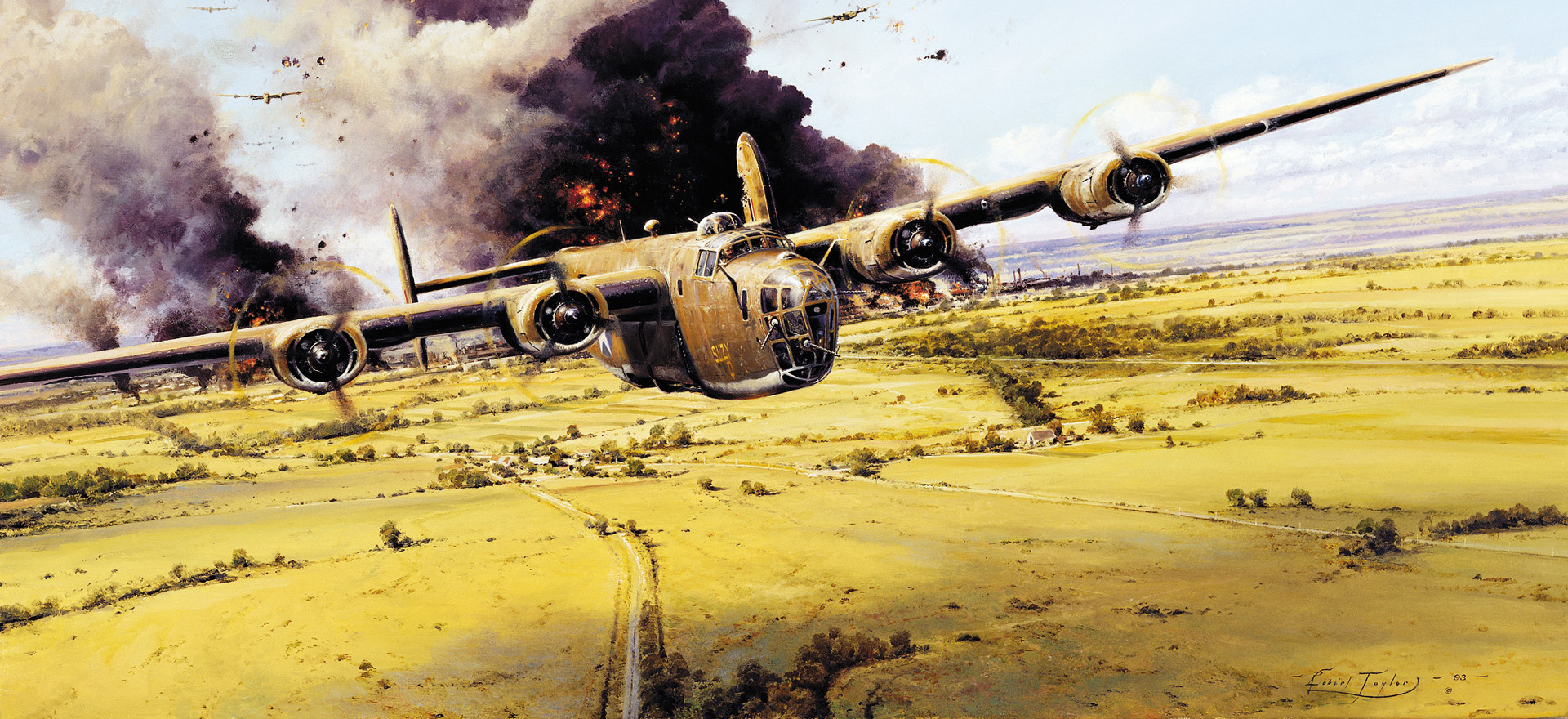
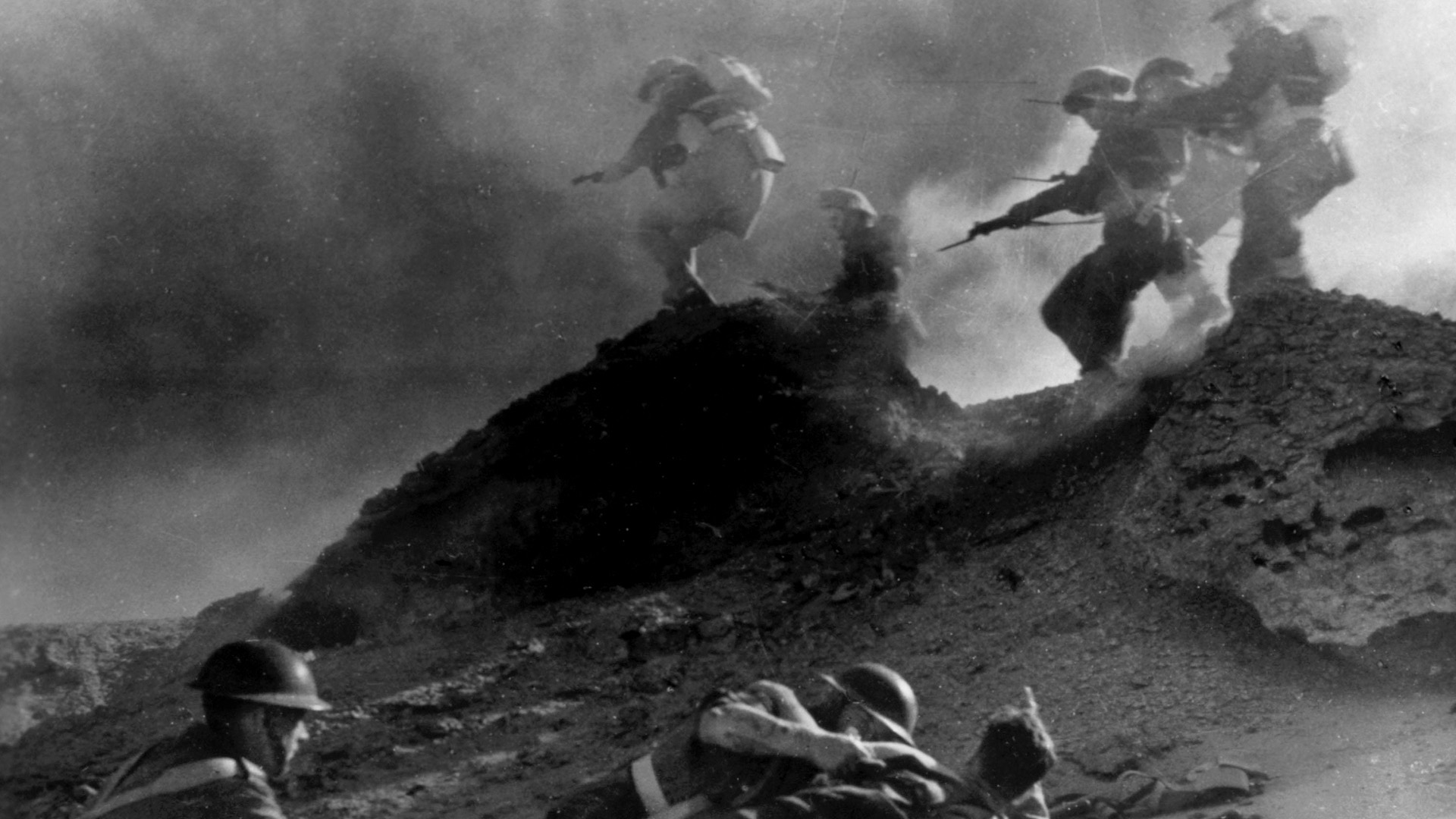
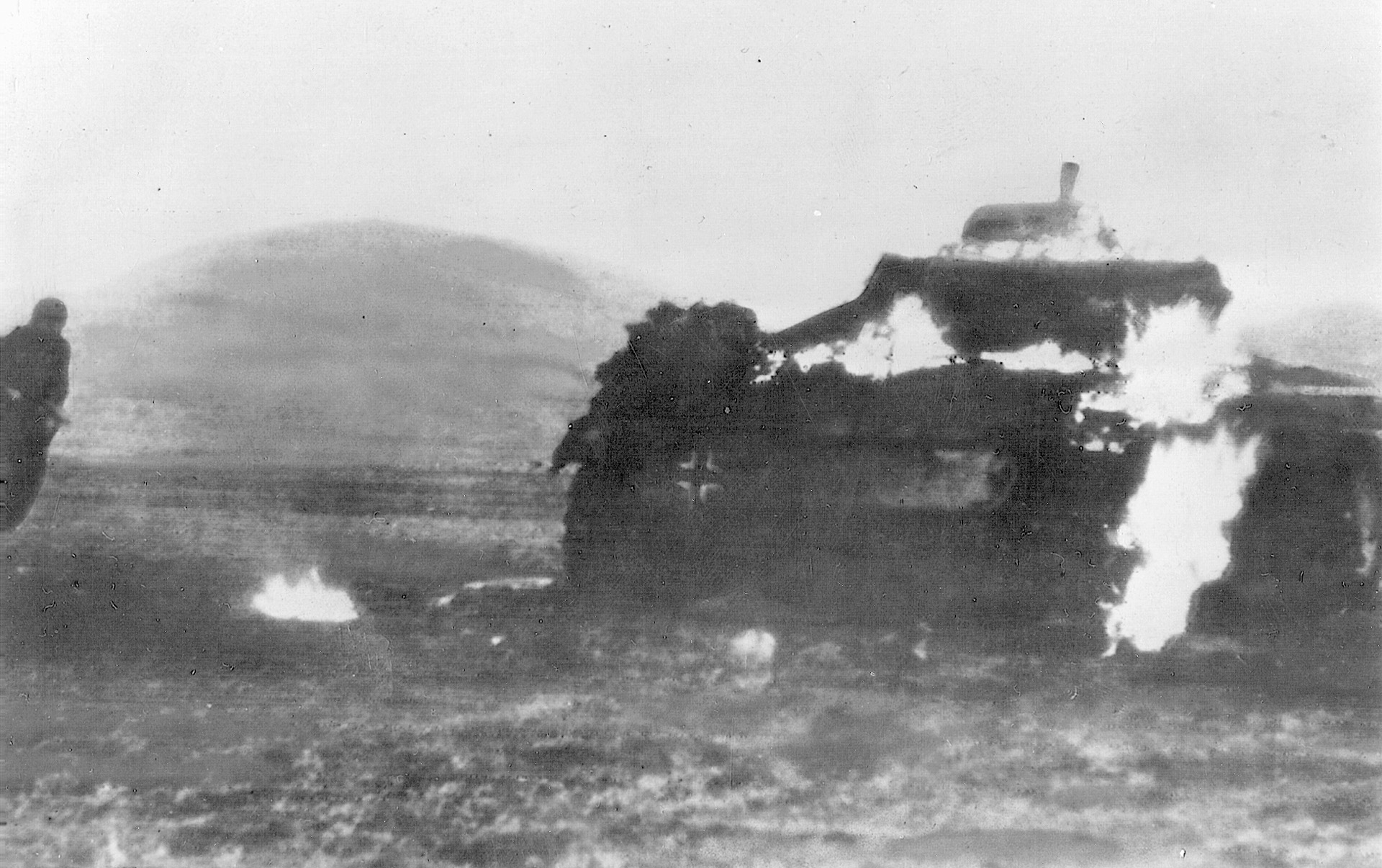
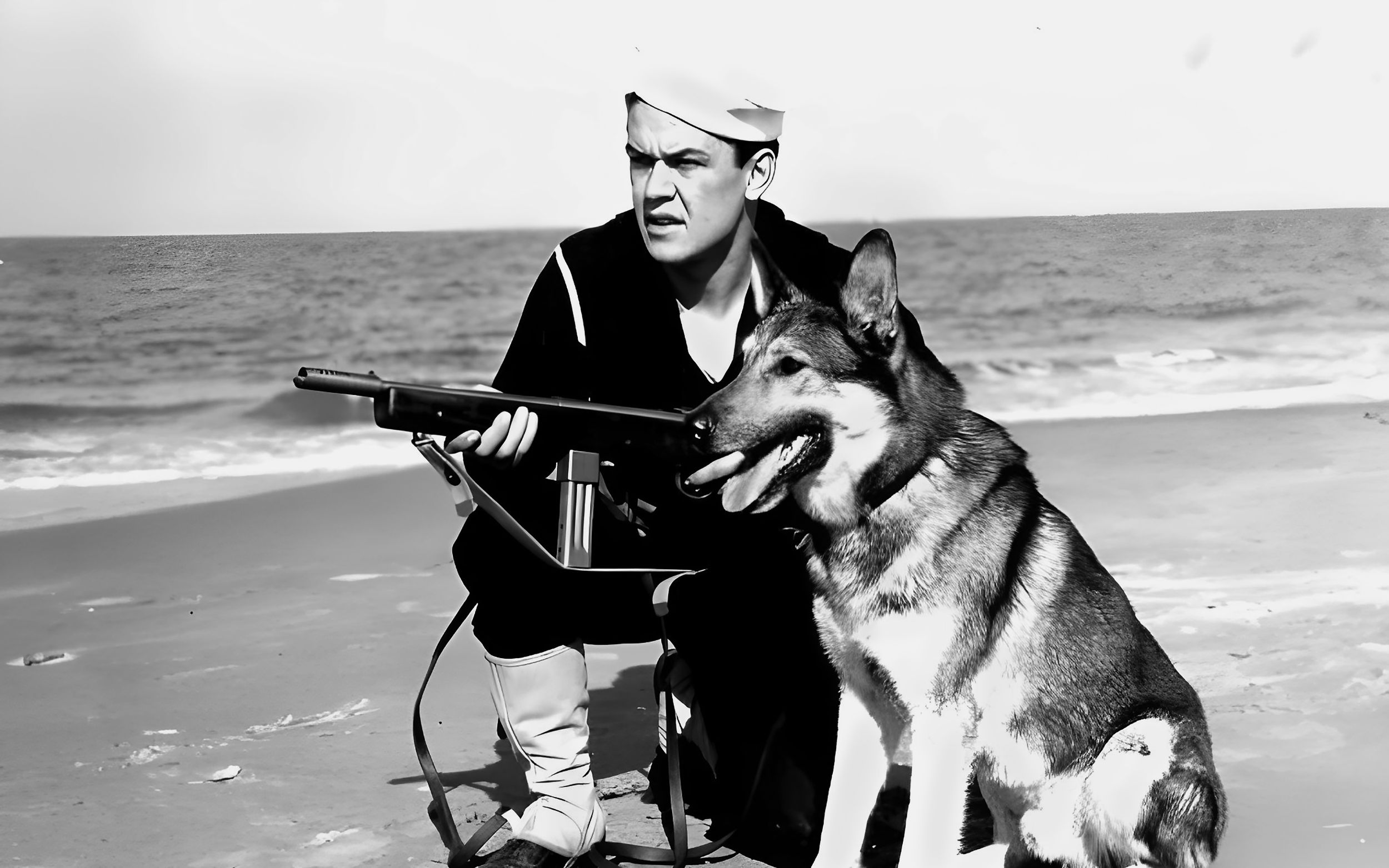
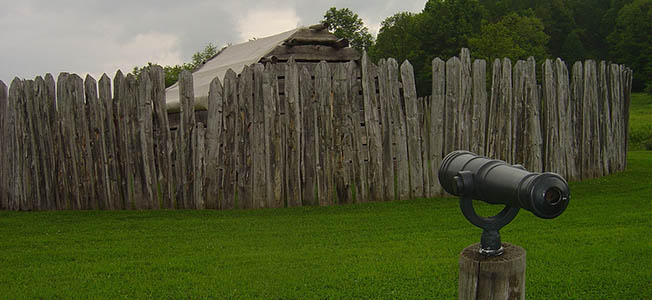
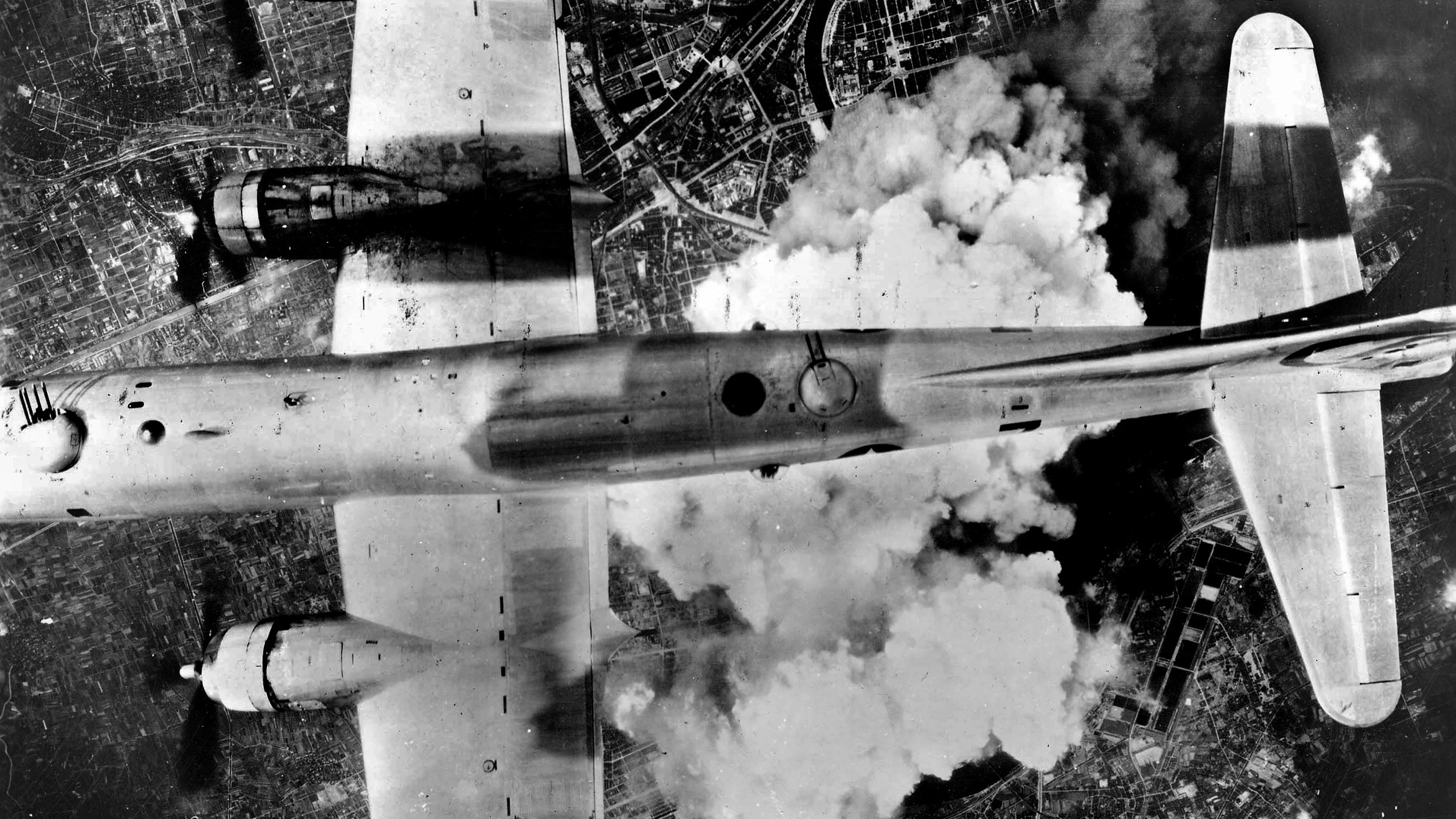
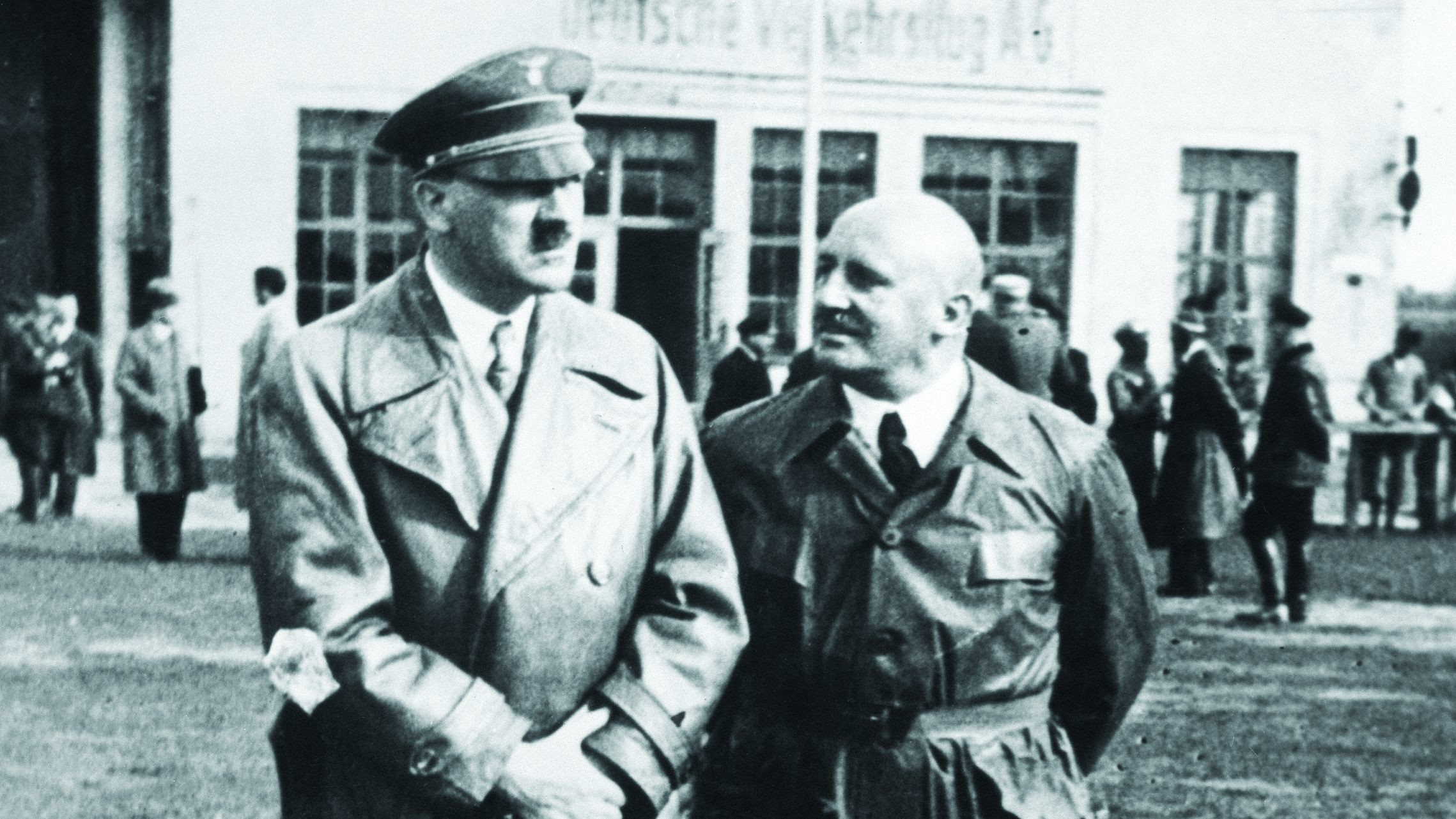
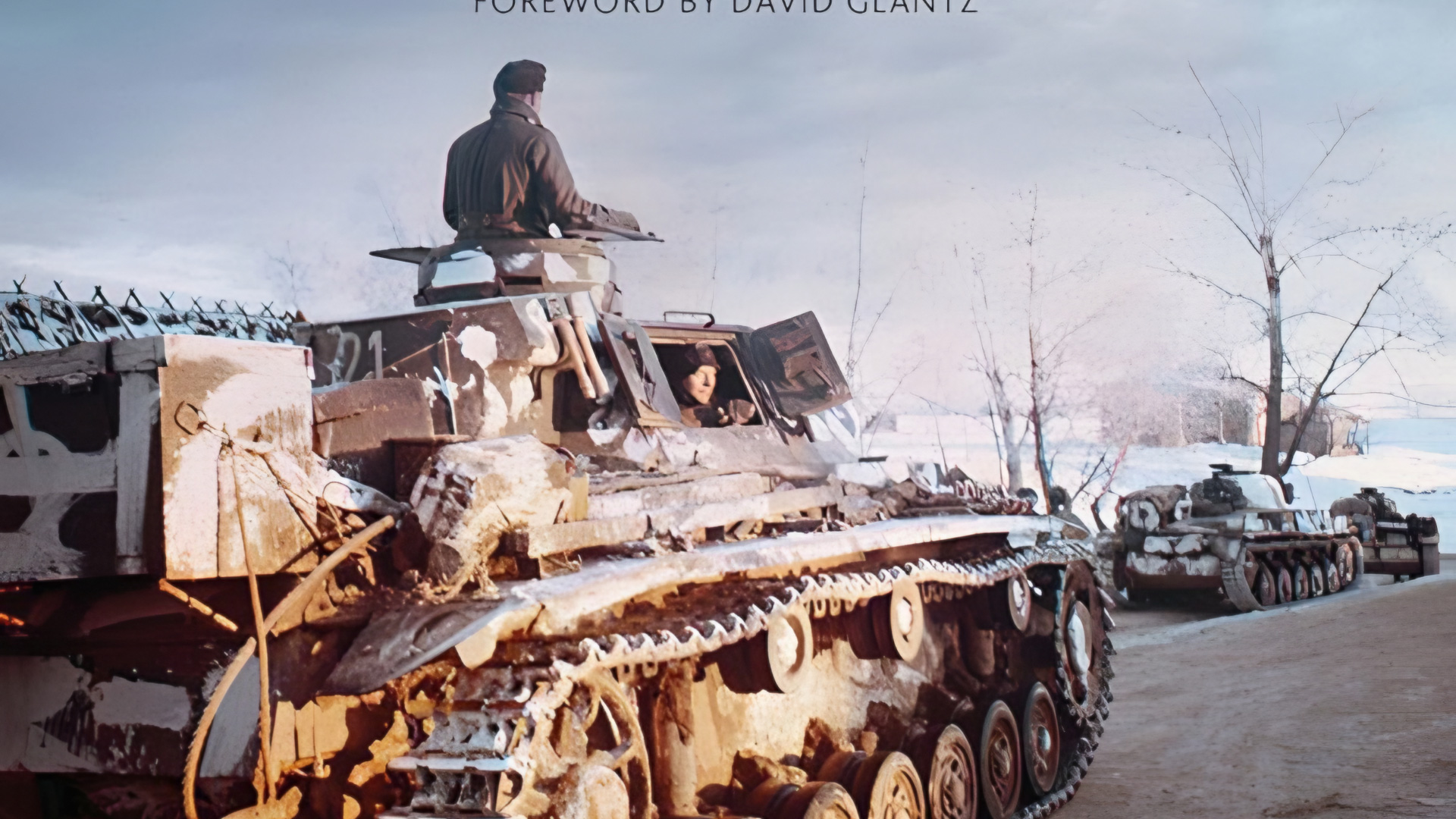
The most consequential battle that almost nobody in the West has ever heard of.
Arguably WW2 could have ended with a totally different result had this relatively minor engagement gone the other way and the Japanese headed North rather than South toward Pearl Harbor as subsequently played out.